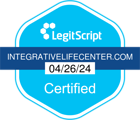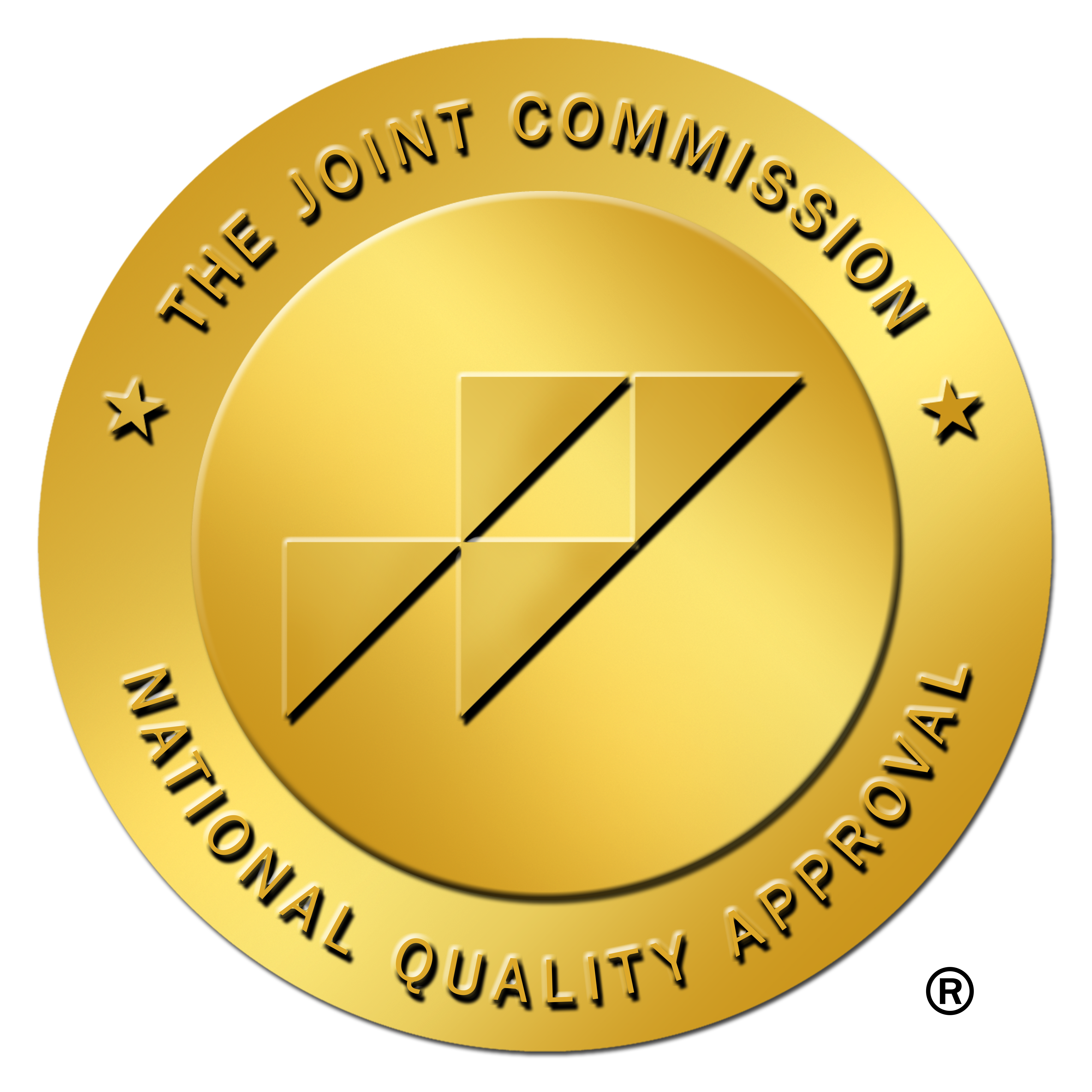Knowing Post-Traumatic Stress Disorder, or PTSD facts can help when you need some extra help recovering from trauma. Post-Traumatic Stress Disorder (PTSD) is a condition that can develop after a person is exposed to a traumatic event.
Understanding PTSD
PTSD is a normal reaction of the nervous system that can occur when you directly experience a traumatic event, witness one, or have a friend or family member who experiences trauma.
Not everyone who experiences trauma will develop PTSD, even though about 50% of adults in America will be exposed to at least one traumatic event.
Events that can result in a PTSD reaction include natural disasters, war, terrorist attacks, serious accidents, assault including sexual assault and rape during childhood or adulthood, violence, and more. Stress resulting from trauma can affect physical, mental, and emotional well-being.
PTSD can affect the person’s close relationships, because the symptoms can cause problems with communication, trust, and closeness. The way a loved one responds to these symptoms may hurt the relationship. This is one of the reasons why knowing the facts about PTSD is important to recovery.
PTSD Facts & Figures
- Women develop PTSD twice as often as men do.
- Kids can also develop it after extreme trauma during childhood.
- It is common for PTSD to occur along with depression, anxiety, and substance use.
- Data shows that in 2016 around 3.6% of adults had PTSD and 5% of adolescents.
- Over 138,000 military personnel were diagnosed with PTSD between 2000 and 2015
- More people who experience mass violence (67%) develop PTSD than people exposed to other traumatic events
- People who have experienced more than one trauma are more likely to develop PTSD
PTSD Facts: Risk Factors
There are a number of risk factors for developing PTSD, including:
- Domestic/intimate partner violence
- Sexual assault, rape, or abuse
- Physical assault (muggings, carjackings, etc.)
- Random acts of violence at school or in the workplace
- Childhood neglect
- Childhood physical, sexual, or verbal abuse
- Adults who were abused during childhood
- Combat veterans and victims of war
- Experiencing a car accident or fire
- Experiencing a natural disaster (tornado, earthquake, etc.)
- Being involved in or witnessing a plane crash or terrorist attack
- Being diagnosed with a life-threatening illness
- The sudden or unexpected death of a loved one
- Military personnel who experience a mild traumatic brain injury (TBI)
Professionals who respond to victims in a trauma situation can become traumatized and may develop PTSD. This is called vicarious traumatization and can affect emergency medical workers, search and rescue workers, mental health workers, firefighters, police, military, and other first responders.
Symptoms of PTSD
There are four different clusters, or categories, of PTSD symptoms. A person may be diagnosed with PTSD if a number of symptoms from each category are experienced for longer than one month, they are not due to a substance or medication, and they cause significant distress to the person in life and at work.
1. Reliving the Event
One or more symptoms for diagnosis
- The person may re-experience the trauma through flashbacks or nightmares.
- When reminded of the traumatic event, they may experience extreme physical or emotional reactions such as heart palpitations, chills, or a panic attack.
2. Avoiding Reminders of the Event
One or more symptoms for diagnosis
- Avoiding people, places, activities, and thoughts that remind them of the event.
- They may also feel emotionally detached. This can lead to them withdrawing from family and friends or losing interest in the things they normally like to do.
3. Negative Changes in Beliefs or Feelings
Two or more symptoms for diagnosis
- Expressing negative beliefs about themselves or the world
- Feelings of isolation
- Distorted blame of self or others for causing the event
- Persistent fear, anger, guilt, or shame
- Is unable to recall key features of the event
- Is unable to experience positive emotions
- Diminished interest or participation in usual activities
4. Changes in Reactivity and Arousal
Two or more symptoms for diagnosis
- Feeling irritable
- Sudden bouts of anger
- Difficulty sleeping
- Lack of concentration
- Being startled easily
- Hypervigilance (increased alertness)
- Reckless or self-destructive behavior
- Panic attacks
Not everyone responds to trauma in the same way. This is due to differences in resilience, the ability to recover quickly during difficult situations. A few more PTSD facts: some people may experience a trauma and develop PTSD while a more resilient person will not. People who do develop PTSD typically have symptoms within the first few weeks after the event, but some don’t have symptoms until years later.
Treatment Options
Treatment for PTSD usually involves psychotherapy, medication, or a combination of the two. PTSD can be diagnosed by a medical doctor, psychiatrist, or therapist. Cognitive Behavioral Therapy (CBT) and Eye Movement Desensitization and Reprocessing (EMDR) are effective therapy approaches that have been proven effective in the treatment of PTSD.
CBT uses cognitive processing to access whether or not the thoughts and feelings the person has about the traumatic event are accurate. Working with a therapist, CBT can be used to challenge faulty thinking and replace it with more positive, healthy beliefs. Exposure therapy can then be used to gradually expose the person to people, places, and things they may be avoiding that remind them of the event.
EMDR is an advanced therapeutic technique that allows the brain to heal itself from trauma. The person identifies a target memory to begin with and a series of eye movements that are similar to REM sleep are used to help the person reprocess the memory, storing it in the past where it belongs. This does not remove the memory but makes it feel less disturbing to the person experiencing PTSD.
Medications useful in treating PTSD are antidepressant medications. These are most successful when used together with psychotherapy. Occasionally, benzodiazepines (medications to ease anxiety) may be used. They are habit forming and should not be used long term.
If you or a loved one is experiencing symptoms of PTSD you can join our Women’s Residential Treatment program and receive the help you need.












